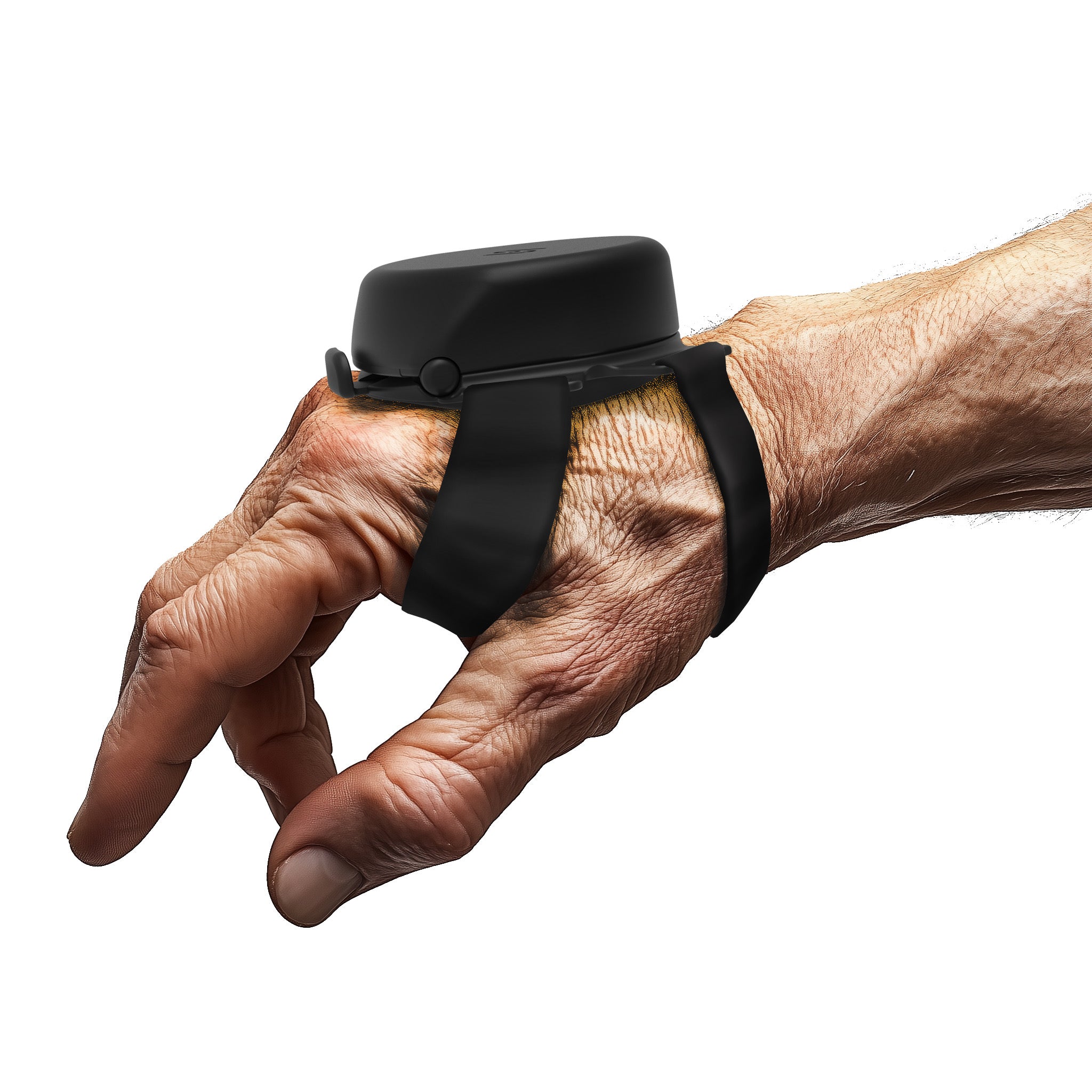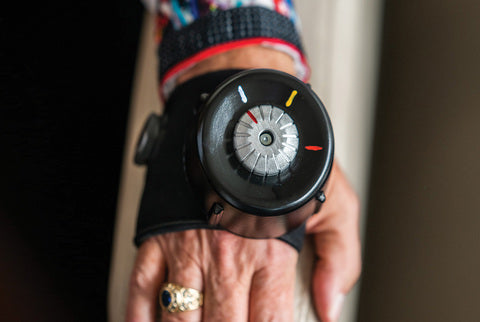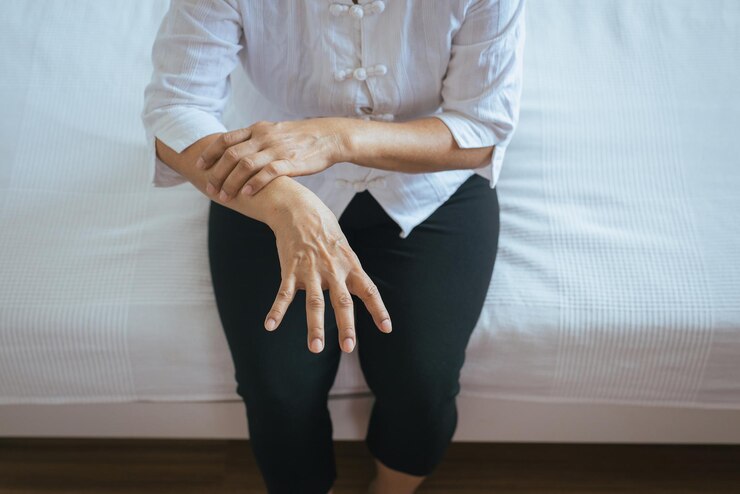Essential tremor is a condition that causes involuntary movement in the body, and though it doesn’t have any threat to sufferers, it can be a very uncomfortable condition. There are several methods people use to minimize the symptoms. This article examines essential tremor, its treatment and causes, and some treatment methods.
Neurological Disorders
Neurological disorders can be described as diseases that affect the brain's structural, chemical and biological functioning. There are over 600 neurological disorders which are caused by different reasons. These diseases affect the neurological functioning of the brain and body and vary in symptoms.
What Is An Essential Tremor?
Essential Tremor(ET), formerly known as "Benign Essential Tremor" and similarly called "Familial Tremor," is a pathological hyperkinesia- a neurological disorder that affects the movement of the body. Essential Tremor is not to be confused with Parkinson's disease, although their symptoms can be similar.
Essential Tremor causes involuntary movement in the body's upper parts - the head, tongue, hands, vocal cords, etc. It is not common in the lower body area. ET does not threaten patients' lives, but it can make completing daily tasks difficult, like eating, dressing and working.
Essential Tremor is common during movement or maintaining a body posture for a long period and is absent when the body is at rest.
Diagnosis Of Essential Tremor
A health practitioner must carry out the diagnosis of essential tremor. The diagnosis of essential tremor is termed a clinical diagnosis. To diagnose a patient with essential tremor, a complete neurological examination is required. In addition, the medical and family history of the patient is required. Statistics have shown that people with a family history of essential tremor are likely to inherit the illness on a 50% probability.
The neurological exams consider the functioning of the brain's nerves through muscle tones, balance and posture, muscle coordination and reflex movements.
Although there are no sure indicators of essential tremors, laboratory tests may be carried out on thyroid diseases, the outcomes of overconsumption of caffeine, the side effects of medication, etc.
Tests on cognitive and motor skills may be carried out to diagnose essential tremor by asking patients to carry out a task. Patients can do the following;
-
Hold a glass of water
-
Draw a spiral
-
Stretch out the arm
-
Move fingers from laps to nose
Who Does Essential Tremor Affect?
Essential Tremor can affect people of all ages. However, studies have shown the disease to be more common among people aged 40 and above. Also, people with a history of essential tremor in their family are likely to inherit the disease as a cause of genetics at a rate of 60 percent.
Causes Of Essential Tremor
There are no known primary factors causing essential tremor however it has been proposed by many researchers that essential tremor is caused by malfunctioning in the electrical processing of neural information to the thalamus. The thalamus is the part of the body responsible for controlling and coordinating muscular activity.
Additionally, genetics are said to play a role in inheriting essential tremor. This is referred to as a familial tremor. People with individuals who have essential tremor in their family have a 50 to 60 percent chance of inheriting the disease.
Symptoms Of Essential Tremor
The most common symptom of essential tremor is shaking in the upper body parts, which is involuntary, like the head and hands. You can alleviate the symptoms of essential tremor with the right medication.
Some of its symptoms are as highlighted below:
-
It affects upper body parts like the head, hands, vocal cords, neck
-
It is more conspicuous when the body is in movement.
-
High stress, use of caffeine, medications and high temperature can worsen the condition
-
The head makes involuntary up-down and left-right movements frequently
-
Voice sounds become shaky and uncontrollable
Essential Tremor VS Parkinson's Disease
Despite essential tremor and Parkinson's having shaking symptom, they are sometimes misdiagnosed. These are the differences in their symptom;
-
The lifespan of patients is not necessarily affected by essential tremor, although the condition may get worse with time. On the other hand, Parkinson's disease can reduce the life expectancy of those affected if the diagnosis occurs before the age of 70
-
Parkinson's disease can cause associated health problems that affect balance and posture; however, in the exception of rare cases, patients with essential tremors experience no difficulty.
-
Based on common statistics, Parkinson's is a degenerative disease associated with old age, while essential tremor is more common among people between the ages of 40-50.
-
How the tremors present themselves is also different. Essential tremors occur more often when the body is in motion, while Parkinson's tremors are visible when the body is at rest.
Treatments For Essential Tremor
There's no known cure for essential tremor. Nonetheless, they can be treated and managed in different ways. A medical diagnosis must be carried out before a patient's condition is termed essential tremor. The common treatments to manage essential tremor are:
Surgical Procedures
-
Deep Brain Stimulation:
Deep Brain Stimulation is a surgical procedure used to treat illnesses like Parkinson's, depression and, inclusively, essential tremors. Many people who experience kinetic disorders use this procedure to manage the condition based on professional advice. The procedure is carried out by implanting electrodes in the hypothalamus and connected with wires to a neurostimulator - a device that looks like a pacemaker. The device is placed under the skin of the upper chest and transmits electrical signals to the thalamus that causes tremors to stop.
-
Focused Ultrasound Thalamotomy:
Another surgical procedure for the treatment of essential tremors is FUS. The procedure requires using beams from sound waves to generate heat and penetrate deep into a part of the brain. The generated heat is used to burn or destroy parts of the thalamus and improves the essential tremor condition.
Medication
-
Botox Injections:
Botox injections known as onabotulinumtoxina are useful in treating head and voice tremors. They improve tremor conditions by paralyzing nerve cells and the muscle, therefore, stopping the tremors temporarily.
-
Beta-blockers:
Beta blockers treat cardiac and circulatory problems like angina, arrhythmia and hypertension. They are referred to as beta-adrenergic blocking agents. They stop the production of adrenaline and reduce anxiety. The most common types used to treat essential tremors include propranolol and primidone.
-
Anti-seizure drugs:
For people unable to tolerate drugs like propanol, Primidone(Mysoline) is recommended. Mysoline has been used to treat seizures in patients who have epilepsy, and it works for essential tremor patients by stopping handshaking.
Lifestyle Improvement
Patients with essential tremors can engage in healthy lifestyle practices to alleviate its symptoms and manifestations. The frustration that comes with the illness can be minimized by doing the following:
-
Reduce your caffeine and alcohol consumption. These substances can lead to anxiety and increased blood pressure
-
Deep breathing and yoga should be employed as relaxation techniques
-
Rest more often and avoid tense situations that may aggravate the tremor
Assistive Technology
Devices can be used to assist and support patients with essential tremor to live a normal lifestyle. Essential Tremor can interfere with the normal daily functioning of patients, make it harder to do simple tasks and affect their jobs. Scientists have developed devices that can handle hand tremors specifically. The Steadi-Two device is one such tool.
The Steadi-Two Hand Tremor Device was developed by Steadiwear using designs for building stabilization against earthquakes, known as magnetic tune mass dumping. The Steadi-Two, unlike its predecessor, is lighter and comes in a smaller shape.
The Steadi-Two is a hand-stabilizing glove that will help users carry on with their daily tasks at home and their places of work.
Conclusion
In this article, we have considered essential tremor, a neurological disease that is not degenerative and poses no threat to life. However, it can be frustrating to its patients as it interferes with their daily activities at home, school and even work. Essential tremor has no specific cause though genetics have been thought to play a role. There are no known cures for essential tremor but treatments can be used to manage it. Medications and assistive technology like the Steadi-Two can be useful in aiding the condition.
Steadi-Two hand gloves were developed by Steadiwear and can help to stabilize hand tremors. Using technology from stabilizing buildings during earthquakes, the glove will help to make life easier for patients.



